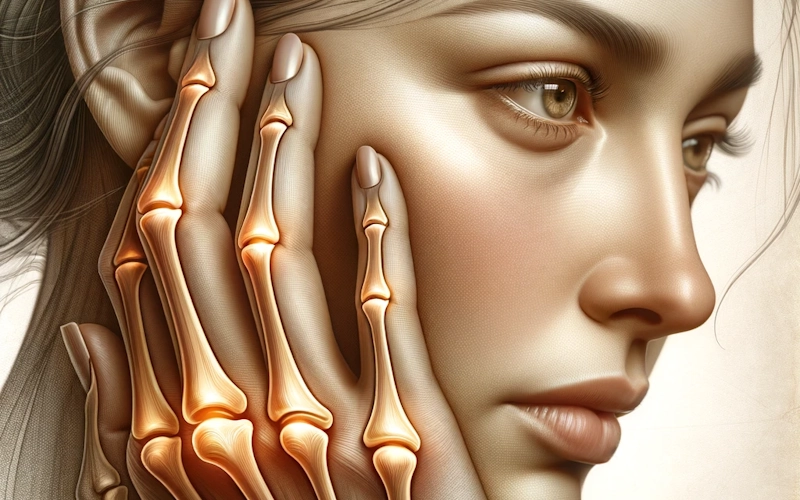Menopause and Osteoarthritis

Menopause and Osteoarthritis: Unraveling the Hormonal Link that Impacts Bone and Joint Health
Menopause, a transitional period in a woman’s life that marks the cessation of menstruation, goes beyond hormonal changes and affects various aspects of health, including bones and joints.
As the body experiences adjustments in hormone levels, especially the decrease in estrogen, processes are triggered that can have significant consequences for bone and joint health, increasing the risk of developing osteoarthritis and osteoporosis.
Today we’d like to tell you how bones and joints evolve during menopause and how these changes can influence the onset and progression of osteoarthritis.
1 Bone density loss and osteoporosis:
One of the most prominent changes that occur during menopause is loss of bone density, a phenomenon known as osteoporosis. Estrogen plays a key role in regulating the balance between the formation and breakdown of bone tissue. With decreasing estrogen levels during menopause, this balance is affected, and bone loss can become more pronounced, increasing the risk of spontaneous or low-impact fractures.
2. Changes in the composition of articular cartilage:
In addition to the loss of bone density, the loss of estrogen inherent in menopause can also affect the composition of articular cartilage, the tissue that cushions joints. Estrogen helps maintain the integrity of cartilage by regulating the synthesis of proteins essential to its structure and function. Decreased estrogen levels during menopause can lead to changes in the composition of cartilage, making it more susceptible to wear and tear and degeneration. The decreased ability of cartilage to resist friction and absorb shock may contribute to the onset and progression of osteoarthritis during menopause.
3. Influence on joint inflammation:
Estrogen also plays a role in regulating the inflammatory response in the body. During menopause, decreased estrogen levels can contribute to increased inflammation in the joints. This inflammation can cause migratory and transient pain that disappears within a few months. But also, the loss of estrogen makes women more vulnerable to autoimmune joint diseases. Therefore, it is essential to consult a rheumatologist as soon as these symptoms appear.
The complex interaction between inflammation, loss of bone density and changes in cartilage composition creates an environment conducive to the development and progression of osteoarthritis in women during menopause.
4. Strategies for prevention:
Although menopause brings with it changes that can influence bone and joint health, there are strategies for prevention and management of these effects. Incorporating a diet rich in calcium and vitamin D is essential for maintaining bone health and preventing osteoporosis. In addition, regular exercise, including exercises with mild joint impact (walking, dancing, running…) and muscle strengthening, can help maintain bone density and improve joint stability.
Managing inflammation is also key. Adopting a healthy lifestyle that includes an anti-inflammatory diet, rich in foods such as fruits, vegetables and healthy fats, can help counteract the effects of inflammation in the joints.
5. Consultation with health professionals:
Given the osteoarticular changes and challenges that can arise during menopause, it is critical to consult with the appropriate specialist, in this case, the rheumatologist. Periodic examinations, including bone density tests and joint health assessments, can provide valuable information about the condition of your bones and joints allowing for early diagnosis and early treatment.
In cases of diagnosed osteoarthritis, specific treatments may include medications to control pain and inflammation, physical therapy to strengthen surrounding muscles and, in more advanced cases, surgical interventions to repair or replace affected joints.
Empowerment during menopause
Menopause not only marks the end of a reproductive cycle, but it also triggers a number of bone and joint changes that can affect joint health. However, by taking a proactive approach through diet, exercise and regular medical care, women can empower themselves to preserve the health of their bones and joints during this phase of life.
The key lies in awareness, prevention and seeking professional support to address changes that may arise. With these steps, women can enjoy a full and active life, regardless of the challenges menopause may present to their bones and joints.

